The GYROTONIC Expansion System vs. Yoga: What the Differences Mean for You
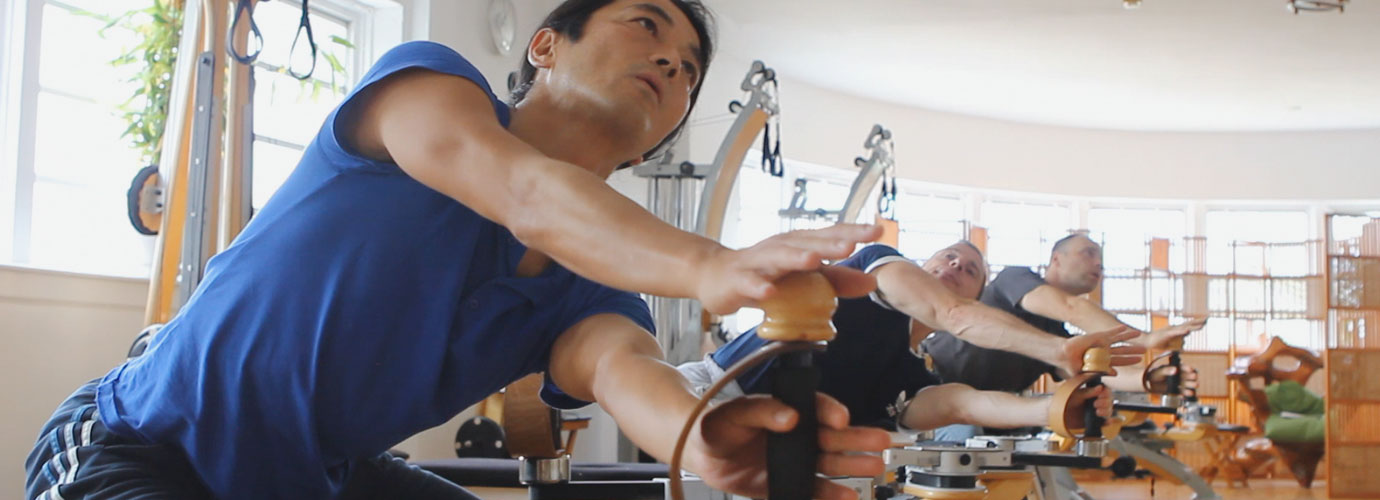
Both the GYROTONIC EXPANSION SYSTEM® and yoga strengthen the mind/body connection through movement sequences that incorporate the breath. Indeed, Juliu Horvath drew on yoga and dance when first creating his movement system—he called the predecessor to the GYROTONIC EXPANSION SYSTEM® “Yoga for Dancers.” Now, though, the differences are significant.
The differences between yoga and the GYROTONIC EXPANSION SYSTEM® fall into 8 main categories:
- Equipment
- Class Format and Studios
- Teacher Qualifications
- Core Movements
- Flow of Movements
- Accessibility for Diverse Bodies
- Healing
- History
Equipment
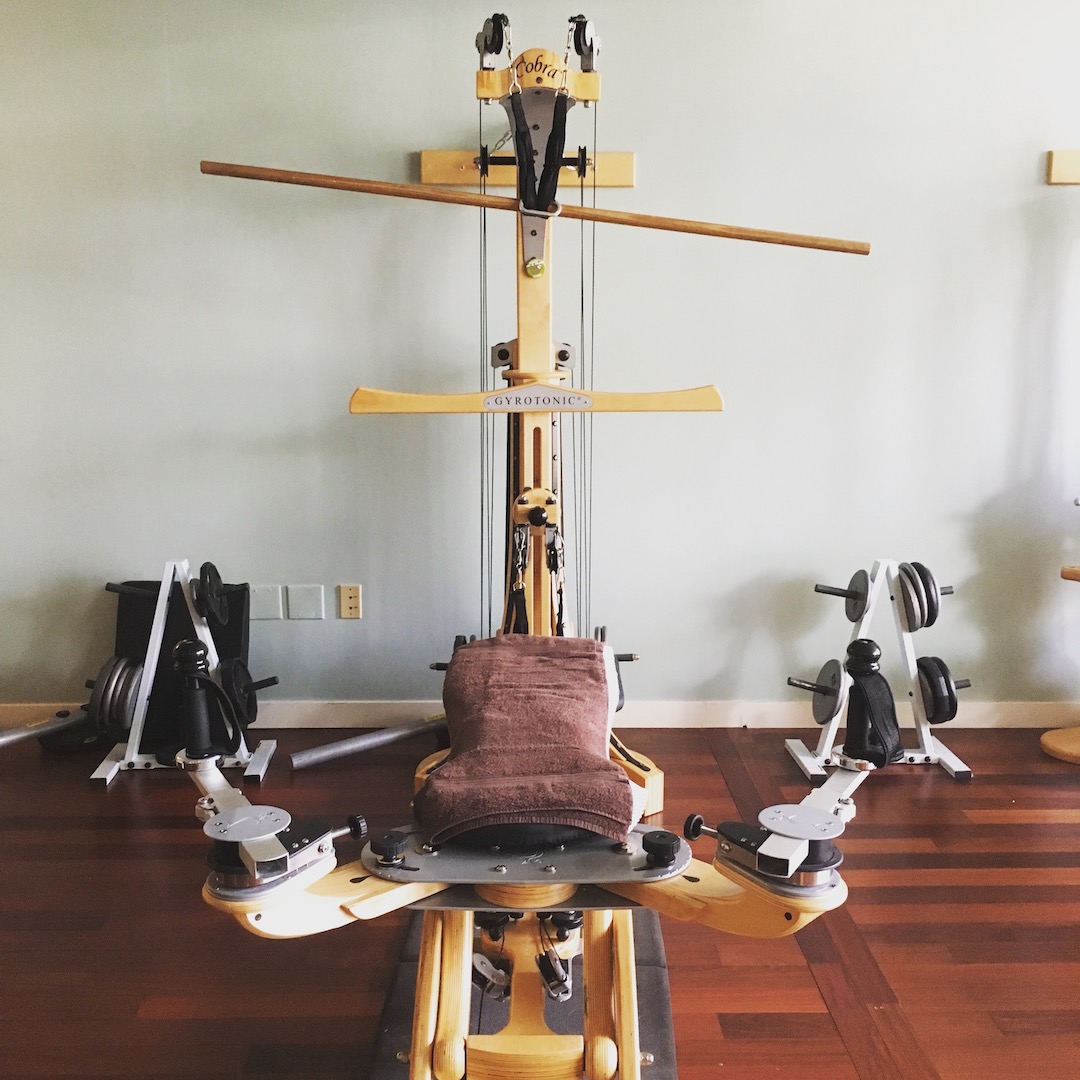
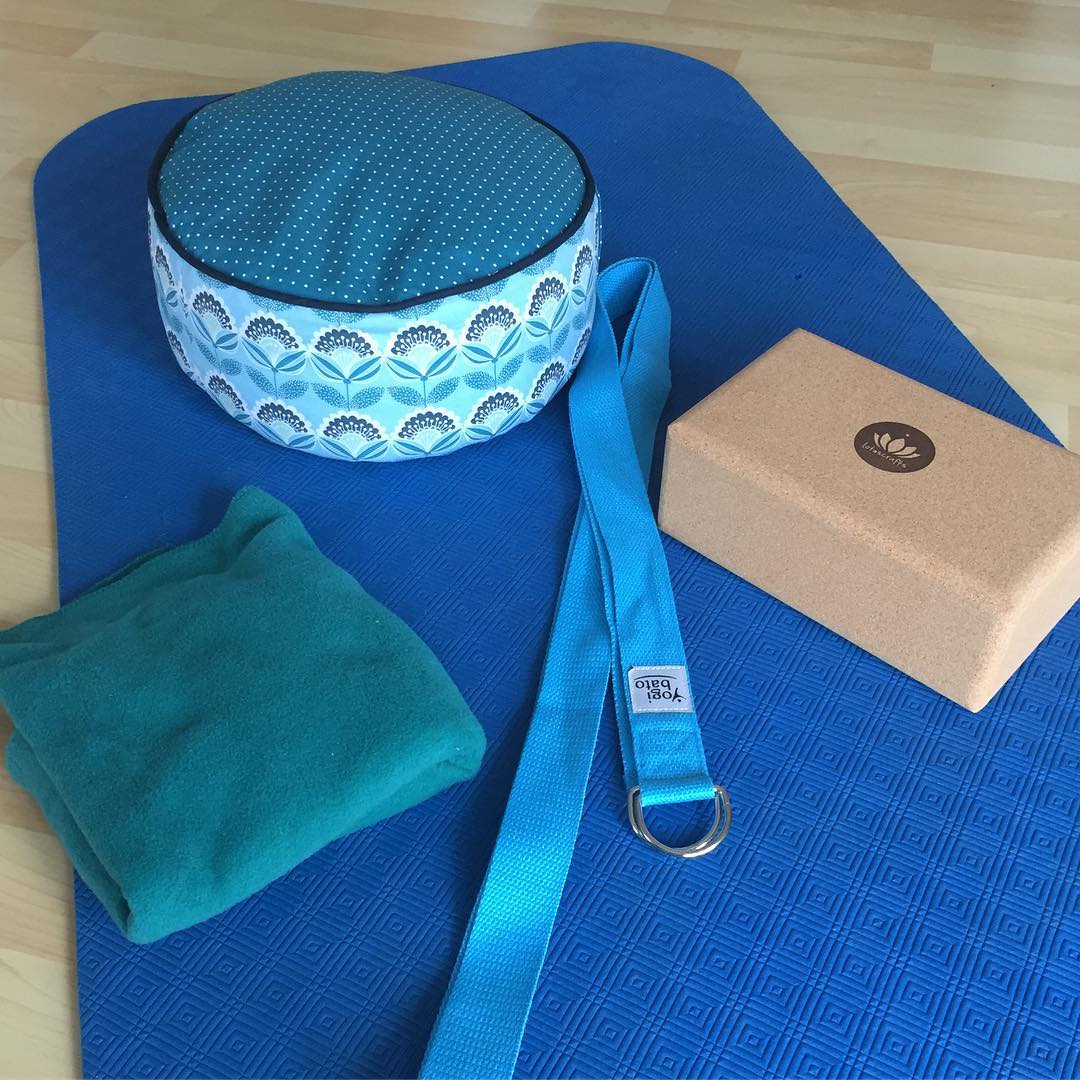
The GYROTONIC® Method uses unique equipment specially designed to facilitate the body’s natural movements. Juliu created the equipment by hand to support the GYROTONIC EXPANSION SYSTEM® as it developed. These specialized machines simultaneously guide and provide feedback to each movement, strengthening the mind/ body connection.
Yoga, as it’s practiced in studios across the US, involves only a mat with basic props like blocks, bolsters, and straps. In India, it traditionally involves not even this. The GYROKINESIS® Method is more similar to yoga in this way, using only a mat and a stool.
Class Format and Studios
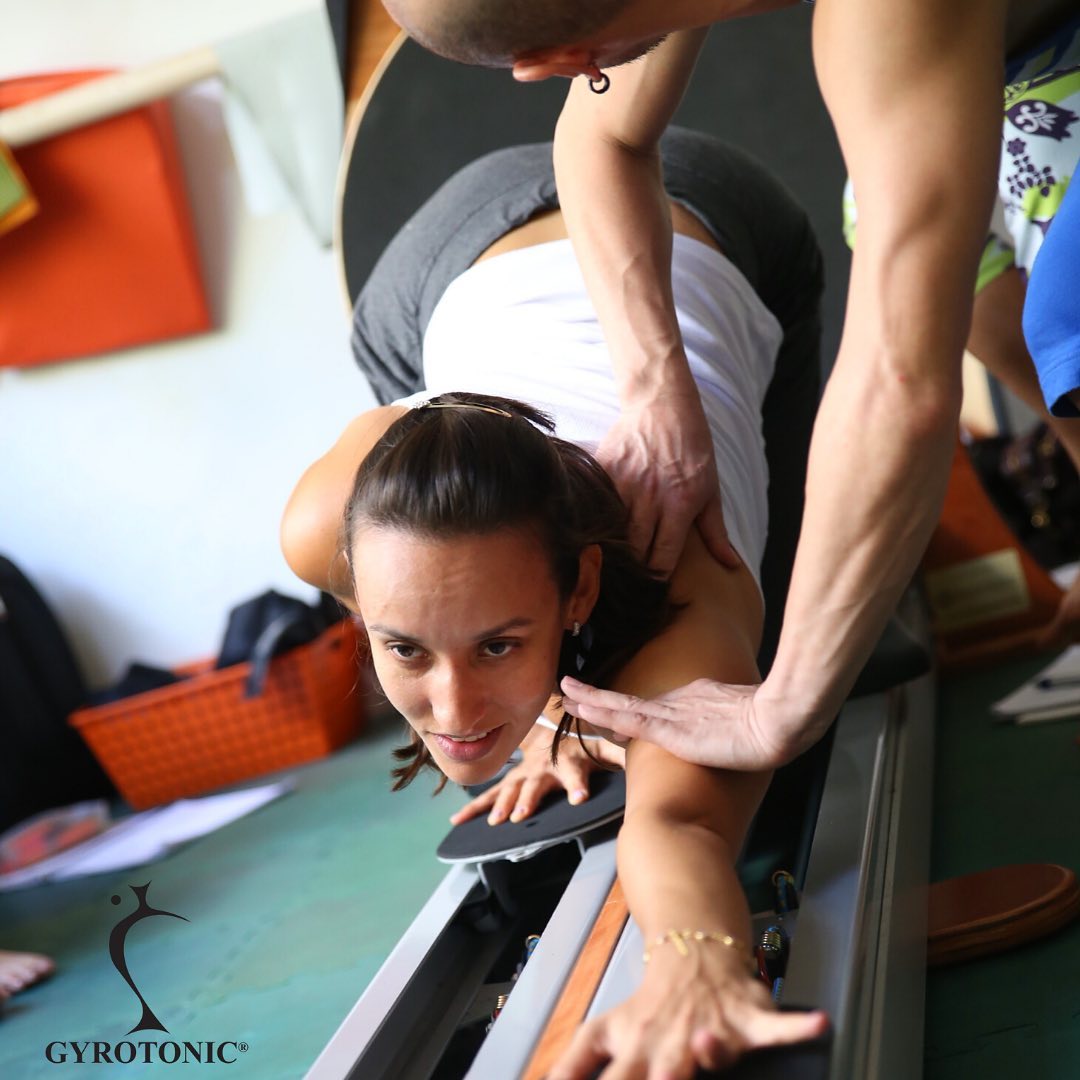
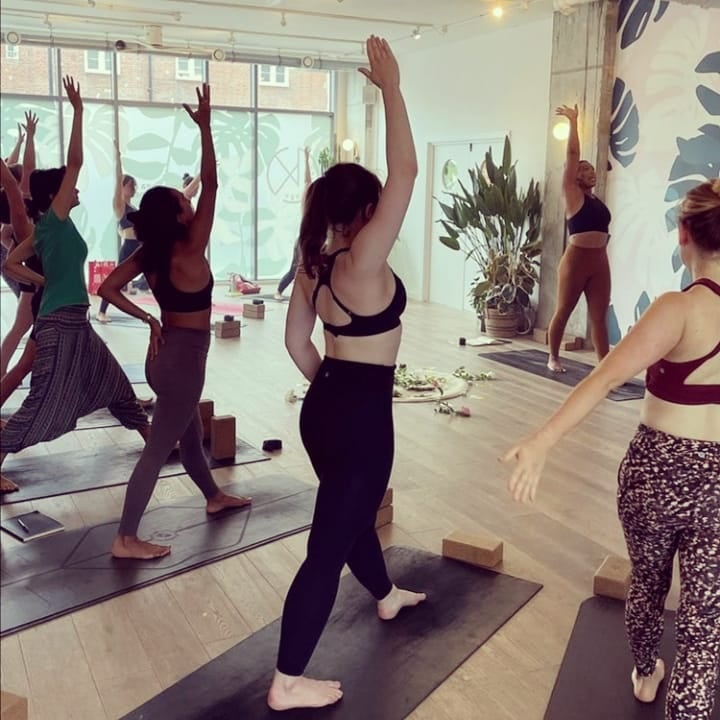
Because of the specialized equipment, the GYROTONIC® Method is most commonly practiced in private sessions. However, this can make the GYROTONIC EXPANSION SYSTEM® less affordable. Center GYROTONIC® is one of the few gyms with a membership option, allowing economical access to equipment. The complementary GYROKINESIS® Method offers more group classes. Even so, because the GYROTONIC® Expansion is a cutting-edge movement system, studios can be harder to find outside of urban areas.
This is not the case for yoga, which is predominantly practiced in group settings. As the popularity of yoga grows, so does the number of studios. This means you can find affordable—sometimes free—classes to attend regularly. However, the larger format can limit personal attention and customized sequences.
Teacher Qualifications
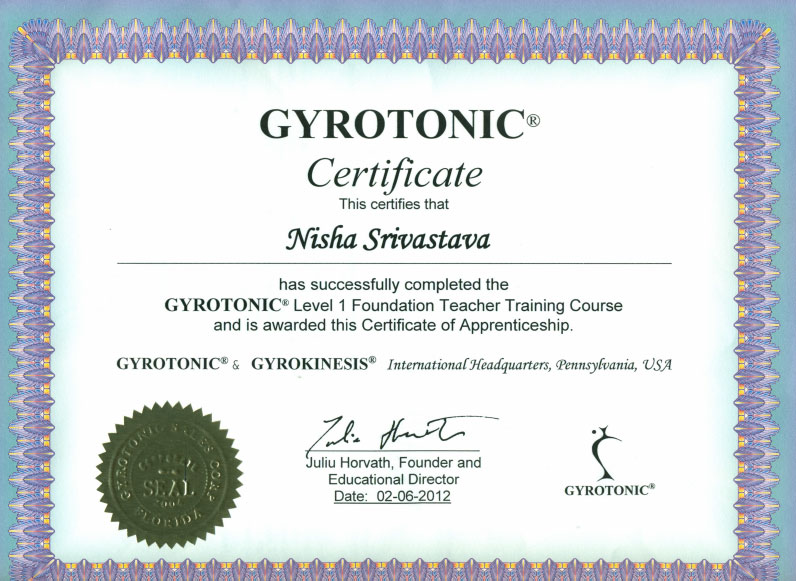
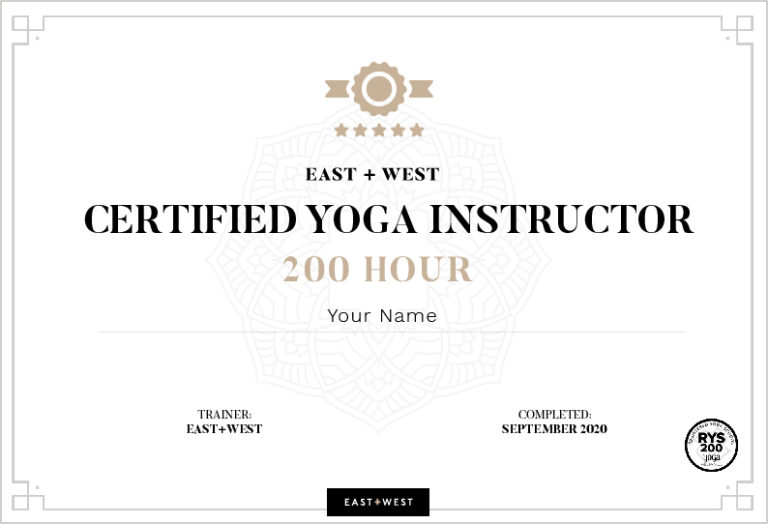
Certified GYROTONIC® Instructors spend a minimum of a year in the initial certification process. During this time, instructors are considered apprentices where they learn the intricacies of the equipment, the fundamental GYROTONIC® movement, and how to apply the GYROTONIC® Method to clients. The experience gained during this time allows each instructor to tailor the equipment and exercises to your unique body and goals.
As a diverse practice, there are various levels of yoga certification, and not all yoga teachers are certified. The popularity of yoga means there have been increasing problems with underqualified teachers, resulting in inaccurate information and even injury. This makes finding qualified instructors crucial for developing a sustainable practice.
Core Movements
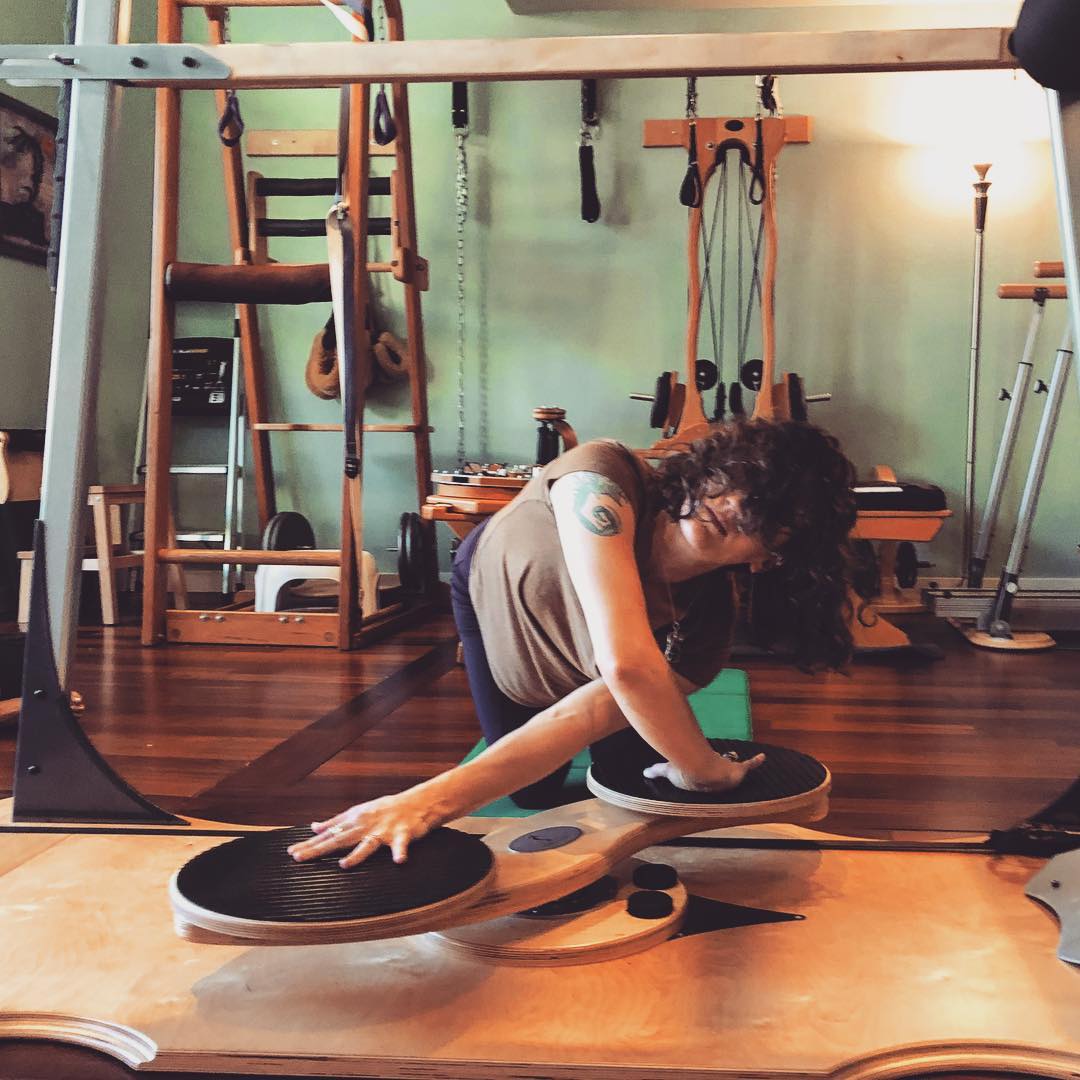
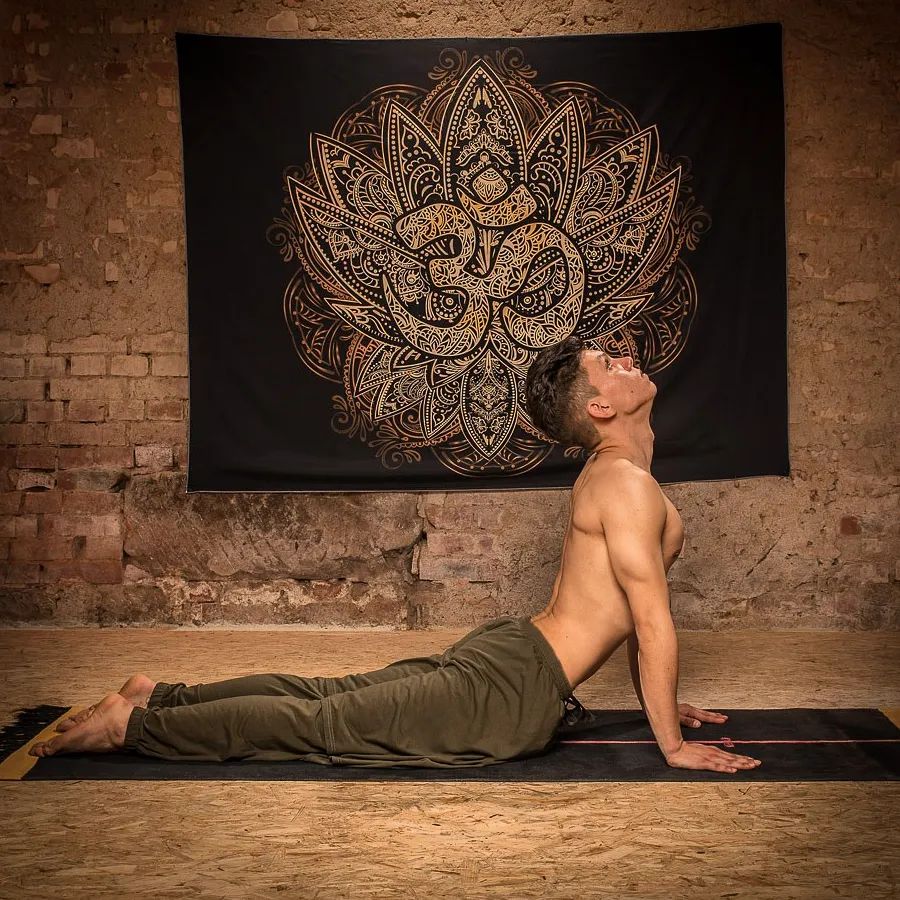
The core of the GYROTONIC EXPANSION SYSTEM® is the spiraling movements that stretch and tone muscles through their full range of motion. Where yoga moves on a single axis, GYROTONIC® exercises move across different planes simultaneously. In our lives, most of our motions don’t occur on a single plane. For example, walking involves a spiraling counterrotation of the torso and pelvis as each leg swings forward. Accordingly, the GYROTONIC EXPANSION SYSTEM® builds functional strength that you can carry into the day. The spiraling movements also develop muscles evenly without stressing joints, preventing further injuries.
Flow of Movements
The spiraling movements of the GYROTONIC EXPANSION SYSTEM® connect to become flowing sequences linked to the breath. This constant full-body movement develops mobility throughout the spine and the body’s joints, and the dance-like sequences create a complete aerobic exercise. Yoga, in contrast, centers on asanas or poses. Even vinyasa yoga, which flows from one pose to the next, involves holding postures in moments of stillness.
The quality of the movement is also different. Where GYROTONIC® movements flow like dance, yoga is more linear and controlled. Traditional yoga involves holding three bandhas—literally “locks”—in the body’s core. The GYROTONIC EXPANSION SYSTEM®, on the other hand, emphasizes spinal mobility and expansive movements.
Accessibility for Diverse Bodies
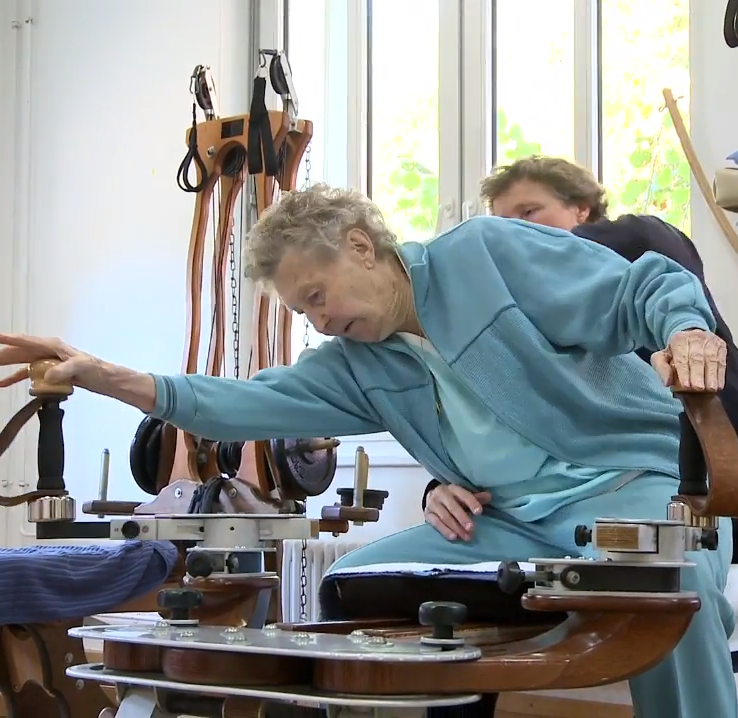
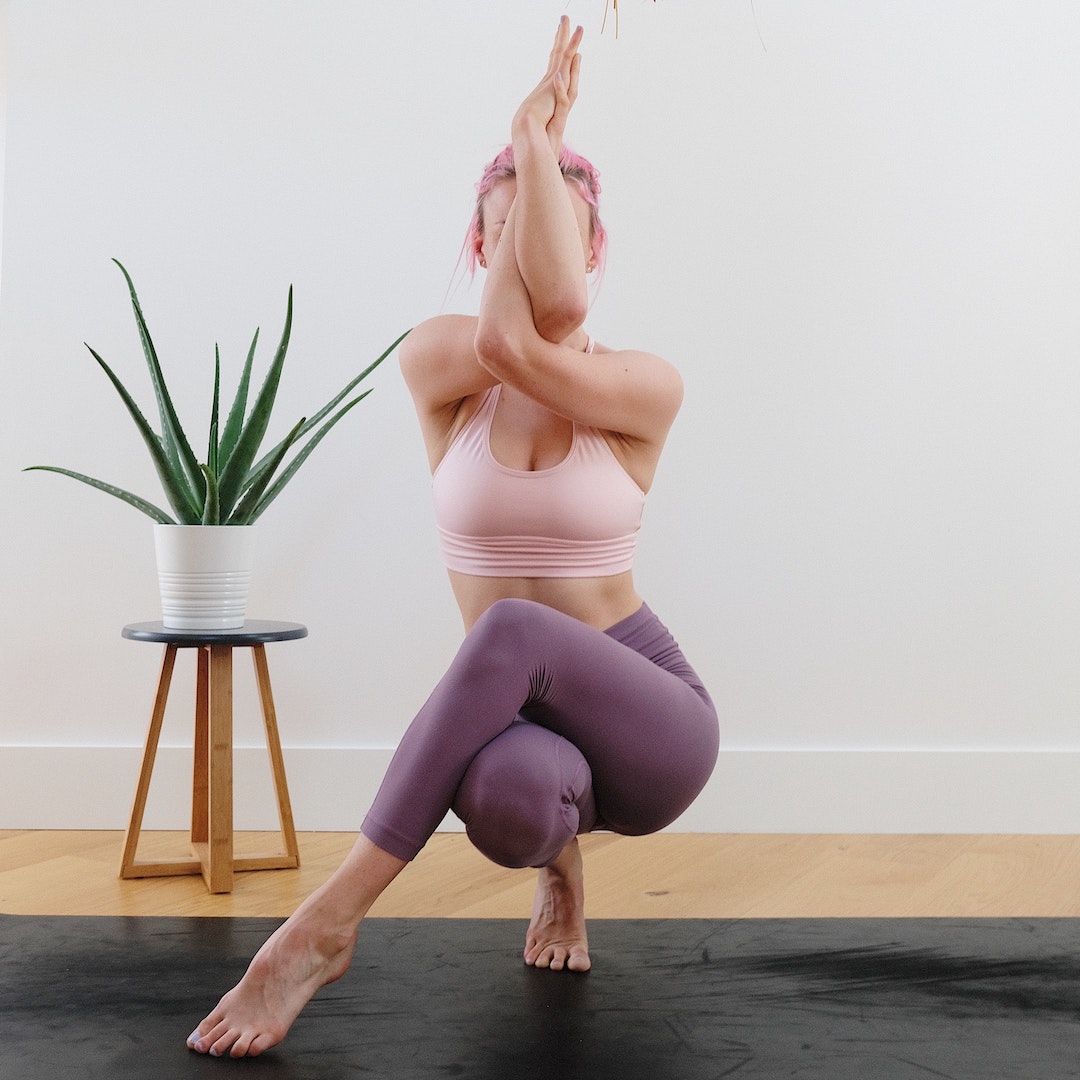
Juliu developed the GYROTONIC EXPANSION SYSTEM® specifically to accommodate all bodies, regardless of age and ability. The specialized equipment is designed to adapt to each unique body, making the movements accessible to everyone from athletes like Charles Tillman to senior citizens. Even those with limited movements can begin practicing GYROTONIC® Exercise. Many trainers specialize in working with seniors, and the movements can be adapted to all levels.
Yoga, on the other hand, frequently requires a base level of strength and flexibility. For instance, if you can’t put weight on your hands, you can’t do the central downward facing dog. A 13-year study of yoga injuries at hospitals in the US found that people were much more likely to get injured during yoga if they were over 65. This highlights how yoga was designed with only certain—young, healthy—bodies in mind, as well as the importance of finding a good instructor to prevent injuries.
Healing
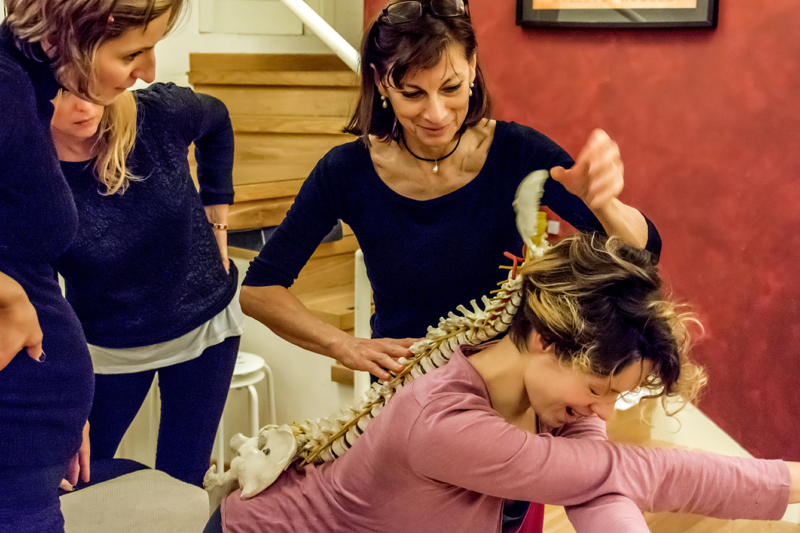

From the very beginning, Juliu created GYROTONIC® exercises to heal. He transitioned from dancing to other movement forms after a debilitating injury. The movements that later became the GYROTONIC EXPANSION SYSTEM® were started as a way for him to heal himself. Later, he expanded the System to help others heal from diverse physical injuries. Now, the GYROTONIC EXPANSION SYSTEM® is recognized to help manage physical ailments like frozen shoulder and chronic back pain.
Yoga is increasingly used to help heal physical ailments, and research shows it can improve chronic back pain, cardiac function, and migraines. Nonetheless, that is not the purpose for which this practice was created. A 2017 study found that yoga actually worsens 21% of injuries, and 10.7% of yoga practitioners experience injuries from their practice (this number rises to 62% for the rigorous style of Ashtanga). Because yoga is not designed for all bodies, the injury rate increases if people try to perform poses beyond their ability. Yoga was designed with a focus on healing our spiritual—more than physical—bodies.
History
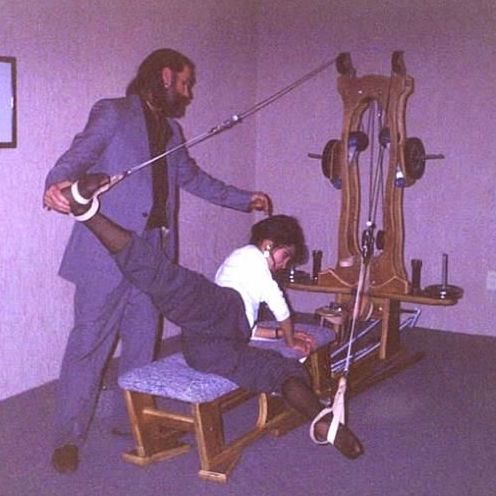
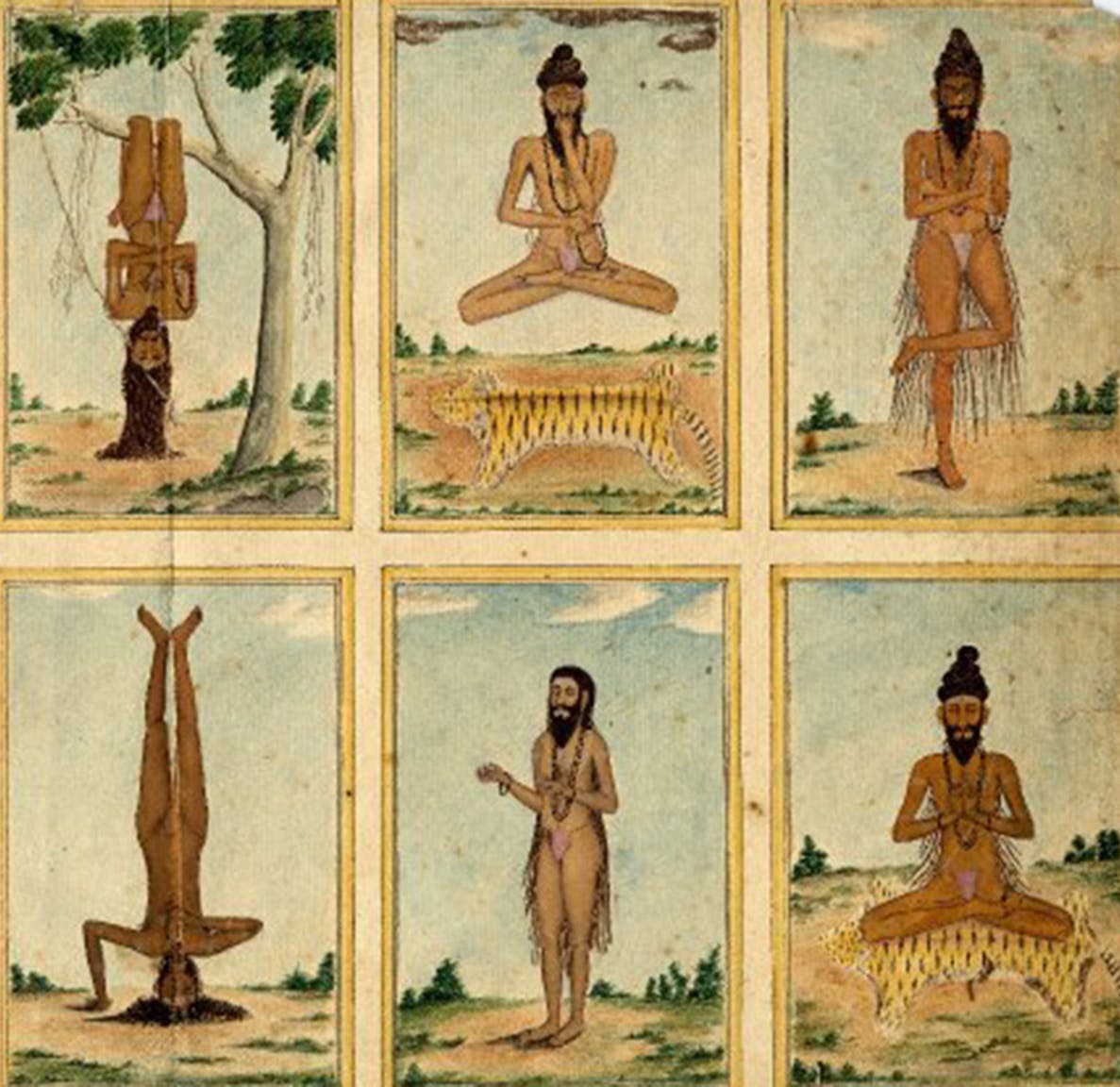
Underlying all these differences, the greatest difference between yoga and the GYROTONIC EXPANSION SYSTEM® is history. The GYROTONIC EXPANSION SYSTEM® was designed for our contemporary bodies and culture. It’s informed by Juliu’s lived experiences as well as current developments in science. Juliu describes the need for a new system, “Because whatever has been experienced ten thousand years ago is not valid anymore for people living in this age and this era. Our feelings have already grown into something else. Our interpretation needs to go in a different way.”
Yoga’s origins can be traced back 5000 years. However, it didn’t start as a movement system. Yoga originally focused on meditation, breathwork, and other spiritual practices, with asanas (originally meditation postures) only one branch among eight. Only in the past 200 years has the practice developed into the poses we see today, incorporating gymnastics and wrestling exercises. As yoga scholar and practitioner Mike Singleton explains, “The philosophical and esoteric frameworks of premodern hatha yoga…have been sidelined in favor of systems that foreground gymnastic movement, health and fitness, and the spiritual concerns of the modern West.” This means yoga was never really designed solely for the wellbeing of our bodies as they move through the world today.
Final Thoughts
Although both yoga and the GYROTONIC EXPANSION SYSTEM® use the breath and movement sequences to develop self-awareness, the two have different histories and thus different qualities. Yoga is an ancient spiritual practice that has recently been mixed with calisthenics to become a movement system. The GYROTONIC EXPANSION SYSTEM® is a movement system designed by a former dancer to heal his body and bring healing and mastery to other diverse bodies.
When practiced together, the two can complement each other. In an interview, Master Trainer Erika Hassan highlights how GYROTONIC® exercise “is going to help with any yoga pose and the understanding of the pose from the inside, the energetic flow.”
The best way to understand if a certain modality works for you is to try it and see how your body responds. Sign up for our Introduction to GYROTONIC® package, which includes 5 private sessions with one of our talented trainers.